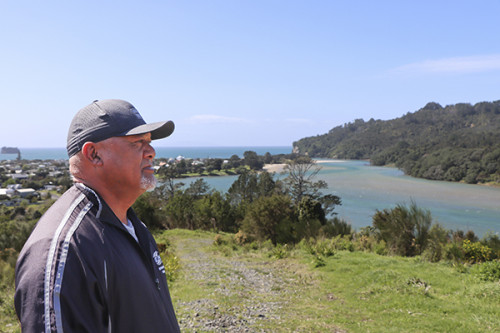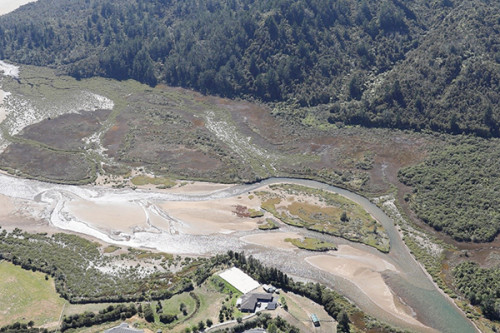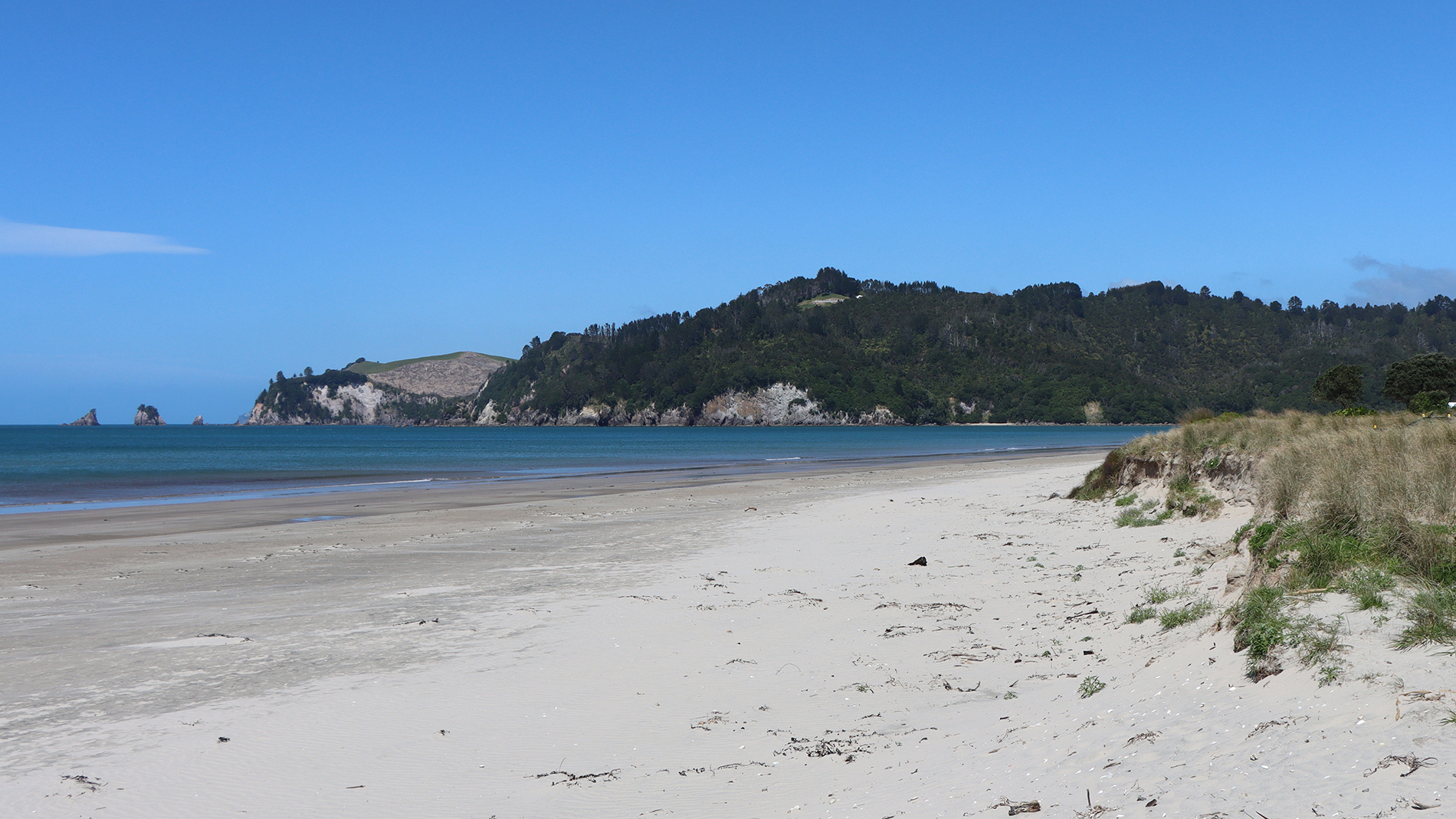When Waikato Regional Council approached Tunaiti Kaitiaki Roopu to undertake possum control on its steep, coastal land block near Whangamatā, the tangata whenua guardian group were keen to try a different approach.
Tunaiti Kaitiaki Roopu wanted to undertake the work themselves, and trial the use of traps instead of using toxins.
Errol Gilbert, of Uru Ngawera/Ngati Pu, says possum control spoke to the kaupapa of Tunaiti Kaitiaki Roopu, which is to treat the natural environment with respect and improve and preserve biodiversity values for future generations.
“It’s really about the history of our people,” says Errol, who advocated to uphold the status of the Tunaiti motu – islands Hauturu (Clark), Maukaha, Whenuakura and Rawengaiti – as wildlife sanctuaries by banning people from landing on the islands and overseeing a volunteer pest control programme to eradicate rats and mice.

Errol Gilbert, of Uru Ngawera/Ngati Pu, says the kaupapa of Tunaiti Kaitiaki is to treat the natural environment with respect and improve and preserve biodiversity values for future generations.
“The Tunaiti-Otahu block and motu, along with the harbour and estuary, hold a long and very important place in Maori culture and history. If we don’t know our culture and history – and keep alive the memories of the people who were here before us – then we don’t know who we are.”
The 190-hectare Tunaiti-Otahu block, on the southern side of the Otahu river mouth, has been identified by Waikato Regional Council as a priority for biodiversity restoration due to several threatened ecosystem types being present.
It is also within the council’s Priority Possum Control Areas (PPCA) programme, which engages contractors to control designated areas of privately owned land.
The block is almost entirely covered in indigenous vegetation, including pūriri and pōhutukawa, which are highly palatable to possums, and kauri and emerging rewarewa.
Kākā, kererū and tūi, among many other native bird species, frequent the coastal cliffs and forest.
The block also contains saltmarsh, a likely habitat for banded rail and matūku-hurepo (Australasian bittern), and a small intertidal island within Otahu River is likely to be a breeding site for shore and seabirds.
There are several pā sites, historical sites and waahi tapu sites within the block, which should not be entered by manuhiri/visitors unless accompanied by mana whenua.

The block also contains saltmarsh and a small intertidal island within Otahu River.
Waikato Regional Council provided and installed 20 AT220 traps within the block and gave Tunaiti Kaitiaki Roopu $14,835 of Priority Biodiversity Sites funding to service those traps about every three months for three years. The traps were deployed on the headland block in March and April this year.
Errol says Tunaiti Kaitiaki Roopu will seek to add to the trapline as funding permits.
“We liked Waikato Regional Council’s proposal. They are very clear and precise about what they want to achieve and very respectful of our sacred sites.”
He says the council was also instrumental in helping eradicate rats and mice from the Tunaiti motu, which are home to korora (little penguins), many species of sea birds, Raukawa gecko, shore skink and passerine birds, by providing initial funding for traps and bait.
About council’s priority biodiversity sites programme
Waikato Regional Council’s priority biodiversity sites programme aims to protect, maintain, and restore ecosystems and biodiversity across the Waikato region.
The programme is collaborative – with over 300 priority sites identified, the council relies on the willingness of landowners and other stakeholders to continue with work it helps initiate.
In the 2022/23 financial year, the priority biodiversity sites programme worked on 40 active projects.
Priority biodiversity sites tend to be ecosystem types that are underrepresented on public conservation land, are naturally uncommon, or are greatly reduced from historic extent. Examples of these ecosystems include:
- lowland forests (under-represented on PCL and greatly reduced from historic extent)
- geothermal and karst (naturally uncommon)
- kahikatea forests (less than 1.5 per cent of original extent remaining)
- wetlands, including peat bog, swamp and fen (less than 25 per cent remaining and some naturally uncommon)
- coastal ecosystems, including dunes, coastal forests and coastal cliffs (less than 25 per cent remaining and some naturally uncommon).



To ask for help or report a problem, contact us
Tell us how we can improve the information on this page. (optional)